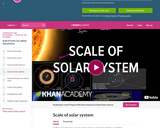
Sal Khan describes the scale of our Solar System. Created by Sal Khan and NASA.
- Subject:
- Astronomy
- Physical Science
- Material Type:
- Lesson
- Provider:
- Khan Academy
- Provider Set:
- Khan Academy
- Author:
- Sal Khan
- Date Added:
- 05/17/2011
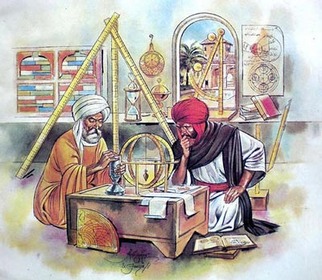

Sal Khan describes the scale of our Solar System. Created by Sal Khan and NASA.

An introduction to the Scale of the Galaxy. Created by Sal Khan.

Attempting to comprehend the scale of the large. Created by Sal Khan.

From honey bees to cells, viruses, and atoms -- understanding the scale of the very small. Created by Sal Khan.

Why our closeness to the sun does not dictate the seasons. Created by Sal Khan.

S-waves and P-waves. Created by Sal Khan.
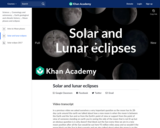
Understanding solar eclipses and lunar eclipses. Why don't we have a solar eclipse every new moon (every time the Moon is between the Earth and Sun)? Why don't we have a lunar eclipse every time the Earth is between the Sun and Moon.
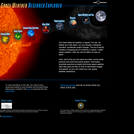
looks at how the sun creates a changing set of conditions in space. Learn about coronal holes, solar flares, coronal mass ejections, solar wind, magnetosphere, and auroras. See photos, graphs, and live data. Make your own space weather predictions.

Star Field and Nebula Images. Created by Sal Khan.
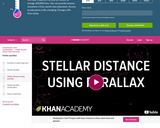
Stellar Distance Using Parallax. Created by Sal Khan.
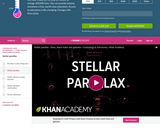
Another version of the stellar parallax introduction. Created by Sal Khan.
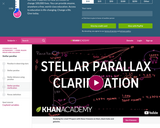
Stellar Parallax Clarification. Created by Sal Khan.
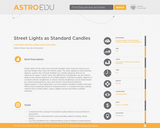
Street lights of the same type will look brighter when they are close to you, and less bright when they are farther away. The same applies to astronomical objects: a given star will look brighter to a nearby observer than to an observer far away. In both cases, the difference in brightness can be used to deduce the relative distances of suitable objects. Standard candles, objects of constant intrinsic brightness or whose intrinsic brightness can be determined by careful measurements, are a key tool for astronomical distance determination. In this exploration, you will explore standard candles (and also effects that complicate distance measurements) in a simple everyday setting, namely that of street lights, using a digital camera and freely available software.
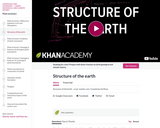
Structure of the Earth - crust, mantle, core. Created by Sal Khan.
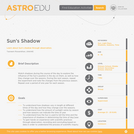
Watch shadows during the course of the day to explore the influence of the Sun’s position in the sky on them, as well as how they change over the seasons. During the next season, repeat the experiment and note the changes from the previous season. Repeat over a period of one year for each season.

Supermassive Black Holes. Created by Sal Khan.

Supernova clarification. Created by Sal Khan.

Supernova (Supernovae). Created by Sal Khan.

Thomas Malthus's views on population. Malthusian limits. Created by Sal Khan.

Difference between BC, BCE, AD and CE. A little bit about the birth of Jesus as well. Created by Sal Khan.